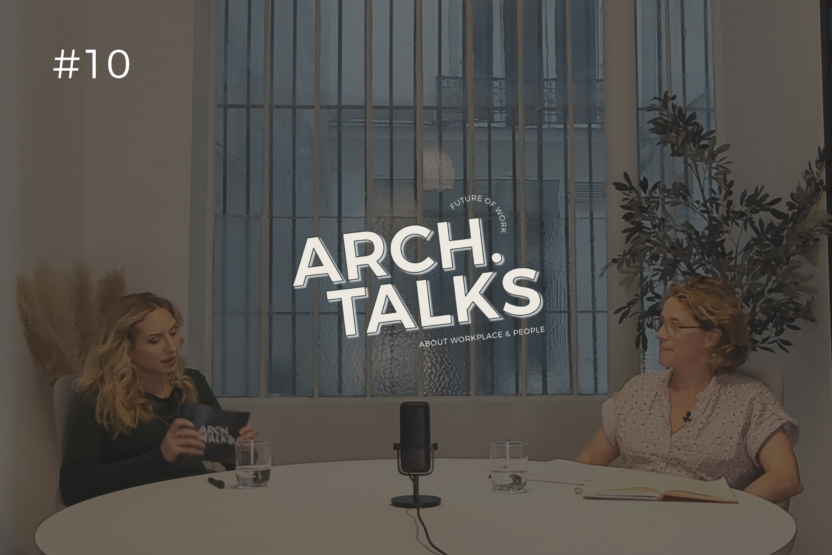Employee well-being and company performance, how can these two concepts be connected ?
14 November 2018 – 3 minutes to read
Beyond legal requirements possibly existing in your country regarding standards and initiatives aiming at improving employees’ quality of life in the workplace, what can motivate a company to invest further in well-being at work, in general, and specifically invest in a project of redesigning its workplace?
The strong belief that employees are one of the company’s strongest assets, with strong impact on its performance ; the strategic willingness to place employees at the heart of the organization and the business model leading to the decision to invest resources and create a better place to work.
The prerequisite success factor is alignement of the workplace design project with some essentials :
- the company strategy
- its DNA
- the upcoming organizational or business changes
- the management style
- the company values
It also needs to be sponsored by the Leadership Team and involve the staff in the design of solutions.

ssuming those prerequisites are ticked, then a new workplace design can impact numerous strategic objectives :
- talent attractivity and employee experience: the quality of the actual workplace is today one of the top 5 criteria Millenials and Gen Z consider to be able to pick the company they would like to work for.
- talent retention: 80% of employees say that the work environment has an impact on their pride for the organization they belong to, and increases their loyalty
- boosted motivation and organization dynamics associated with launching a new workplace design (especially if the employees were involved in the process) : a great place to work contributes to the energy one can feel (or not) getting up every morning to go to the office
- employee engagement and productivity: statistics agrees on an average increase of productivity by + 12%
- collaboration and teamwork: 46% of employees believe that the layout of workspaces benefits both
- creativity and innovation: evolving in inspiring and diverse areas stimulates creatity and innovation dynamics
- company competitiveness: becoming more attractive, the organization attracts more talents, gets a better company image and thus becomes more competitive overall.
All the above benefits will impact the overall company performance.
Measurable KPIs specific to well-being in general, and specific to the new workplace, are difficult to identify. But trends of existing HR indicators speak for themselves :
- absenteeism, sick days, musculoskeletal disorders, psychological breakdowns, etc.,
- staff turnover rate
- costs induced by every absence including management of interim staff
- costs induced by involuntary turnover and subsequent recruitment and integration processes.
If significant drops in all those indicators can be measured, then the return on investment (ROI) is clear.
Other intangible benefits are less easy to measure but result in creating the “value on investment (VOI)”, i.e. the added value brought by the new workplace itself and other well-being initiatives carried out by the company. This increased value employees can experience will also impact employee engagement or satisfaction scores in the employee surveys. As we now know, more engaged staff will be more productive, thus resulting in better economic performance for the company.
Harvard researchers generalize the argument by demonstrating that every dollar invested in well-being earns six times the stake in medium term! Do not wait any longer to question the existing and initiate a workplace design project that will transform the daily lives of employees and the results of your organization.


